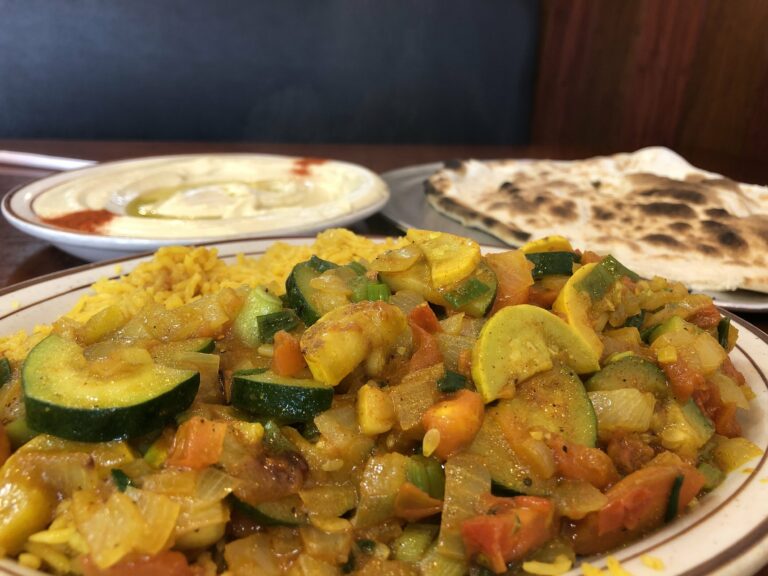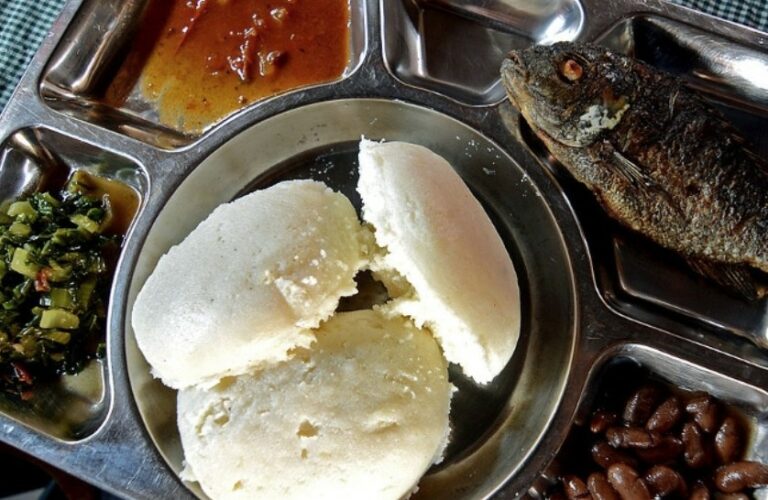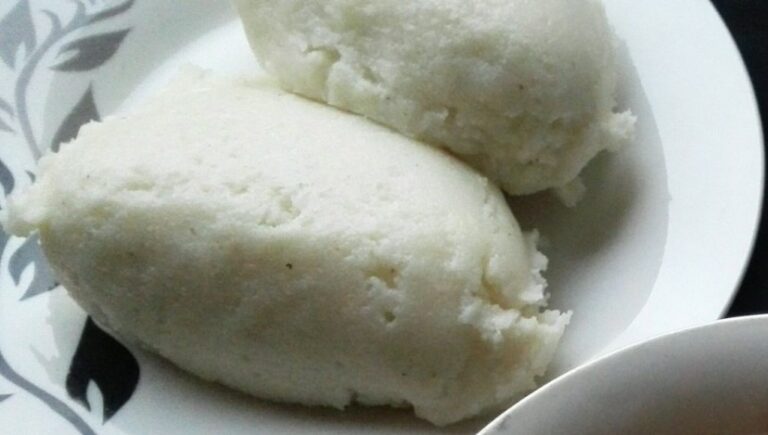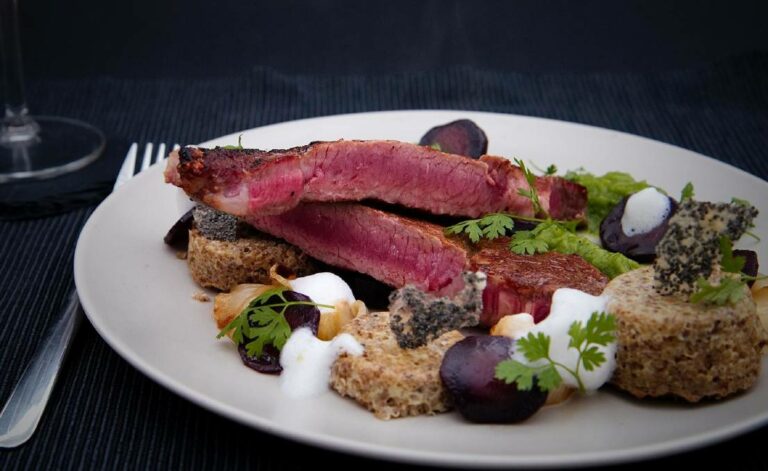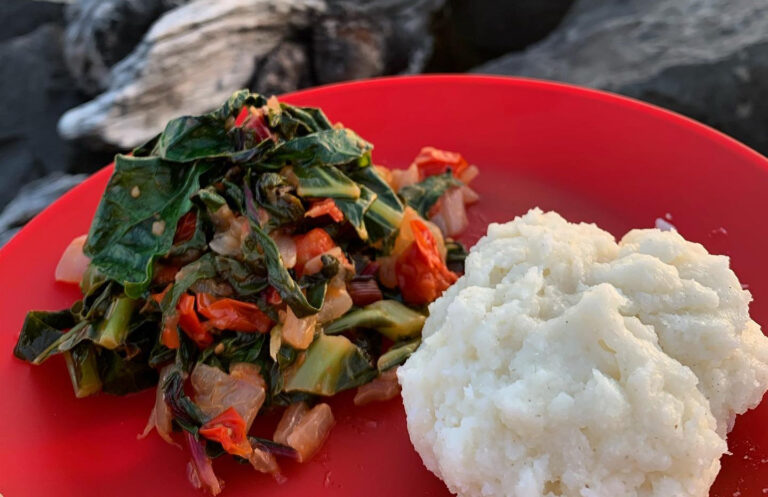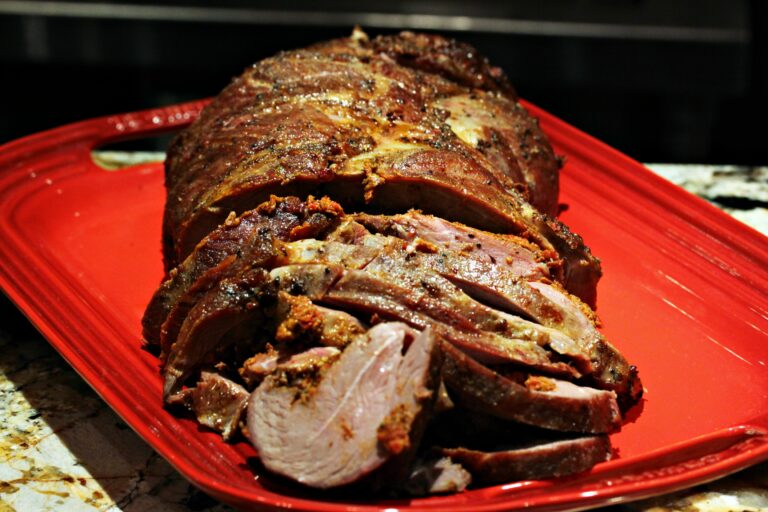Introduction: Azerbaijani cuisine and its diversity
Azerbaijani cuisine is a rich and diverse culinary tradition that has been shaped by its geography, history, and cultural influences. The cuisine of Azerbaijan is a fusion of various regional and international cuisines, including Turkish, Persian, Russian, and Armenian. Azerbaijani cuisine is characterized by the use of fresh and seasonal ingredients, aromatic herbs and spices, and a variety of cooking methods, including grilling, roasting, baking, and stewing.
Soup in Azerbaijani cuisine: a staple dish
Soup is a staple dish in Azerbaijani cuisine and is often served as a first course before the main meal. Azerbaijani soups are known for their rich, savory flavors and hearty ingredients. The soups are often made with lamb or beef, a variety of vegetables, and a combination of herbs and spices. Azerbaijani soups are also typically served with bread, which is used to soak up the broth and flavor.
Traditional Azerbaijani soups: a brief overview
There are many traditional Azerbaijani soups that are popular across the country. Each region of Azerbaijan has its own unique soup recipes that reflect the local ingredients and culinary traditions. Some of the most popular Azerbaijani soups include Piti, Kufta bozbash, Dovga, and Qutab soup.
Piti: hearty lamb soup from Sheki, Azerbaijan
Piti is a hearty lamb soup that is popular in the Sheki region of Azerbaijan. The soup is made with lamb, chickpeas, potatoes, onions, and tomatoes. The ingredients are slow-cooked in a clay pot with a blend of aromatic herbs and spices, including saffron, cinnamon, and cumin. Piti is traditionally served with bread and is often accompanied by a side of dried fruit and nuts.
Kufta bozbash: a classic meatball soup recipe
Kufta bozbash is a classic Azerbaijani soup that is made with meatballs, potatoes, and a variety of vegetables, including carrots, onions, and bell peppers. The meatballs are made with minced lamb or beef and are seasoned with a blend of herbs and spices, including coriander, cumin, and mint. The soup is typically served with bread and is often garnished with fresh herbs and a dollop of yogurt.
Dovga: yogurt soup with herbs and vegetables
Dovga is a yogurt-based soup that is popular throughout Azerbaijan. The soup is made with yogurt, water, and a variety of herbs and vegetables, including spinach, sorrel, dill, and mint. The soup is typically served cold and is often garnished with chopped walnuts and a drizzle of olive oil.
Qutab soup: vegetable soup with Turkish roots
Qutab soup is a vegetable soup that has its roots in Turkish cuisine. The soup is made with a variety of vegetables, including tomatoes, eggplant, zucchini, and peppers. The vegetables are slow-cooked in a rich tomato-based broth and are seasoned with a blend of herbs and spices, including oregano, thyme, and paprika. The soup is typically served with bread and is often garnished with fresh herbs and a dollop of yogurt.
Conclusion: the rich cultural heritage of Azerbaijani cuisine
Azerbaijani cuisine is a rich and diverse culinary tradition that has been shaped by centuries of history and cultural influences. The cuisine is characterized by its use of fresh and seasonal ingredients, aromatic herbs and spices, and a variety of cooking techniques. Azerbaijani soups are a staple dish in the cuisine and are enjoyed across the country. From Piti to Dovga, Azerbaijani soup recipes reflect the unique flavors and culinary traditions of each region of Azerbaijan.


